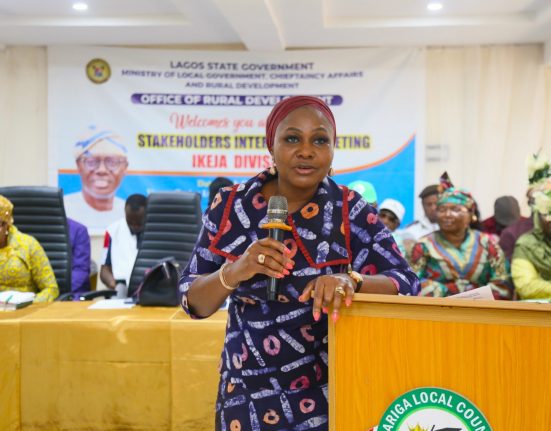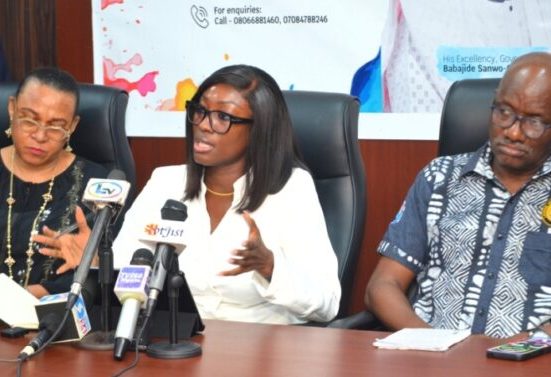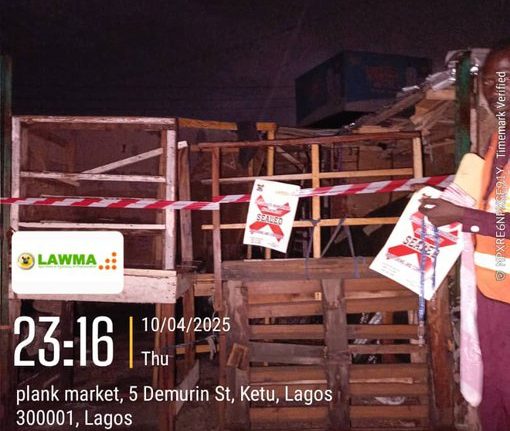Lagos State Government has sounded a clear warning to property developers: no dredging, sand-filling, or land reclamation should commence without formal Drainage Clearance and Environmental Impact Assessment (EIA) obtained from the Ministry of Environment and Water Resources. Commissioner Tokunbo Wahab, speaking during an inspection at Orange Island in Lekki, emphasised that the state will no longer tolerate unauthorized reclamation that encroaches on drainage corridors or disrupts ecosystem flows
Wahab explained that many water bodies, including the Kushenla and Itedo systems, pour into the Orange Island lagoon, and unchecked sand-filling threatens to block these critical outlets. He stressed that any approval from agencies issued without the ministry’s clearance is invalid: “The ongoing reclamation … must stop because the developers … pushed beyond the limits into the Right of Way of Orange Island Lagoon”
The Commissioner also toured Oral Estate to inspect violations along the Ikota River’s Right of Way, a vital channel supporting the Atlantic drainage. He reminded developers that most of Lekki and the Island are built on reclaimed sites—making proper drainage alignment non-negotiable. To remedy the situation, builders have been directed to install sheet piles, at their own expense, to restore river corridors and reduce the need for demolitions
Further inspections included Purple Mall along Freedom Way, which, following a fatal accident in its parking area, was assessed and reopened only after due diligence confirmed compliance with safety protocols and supporting documentation
With enforcement actions gathering pace—marking buildings for demolition and issuing stop-work orders—Lagos underscores the importance of rigorous environmental compliance. Developers are now on notice: without drainage clearance, EIA certification, and sheet-pile installations, projects risk shutdown, legal penalties, or demolition. These measures form part of a broader strategy to protect waterways, prevent flooding, and sustain the resilience of the state’s reclaimed zones







